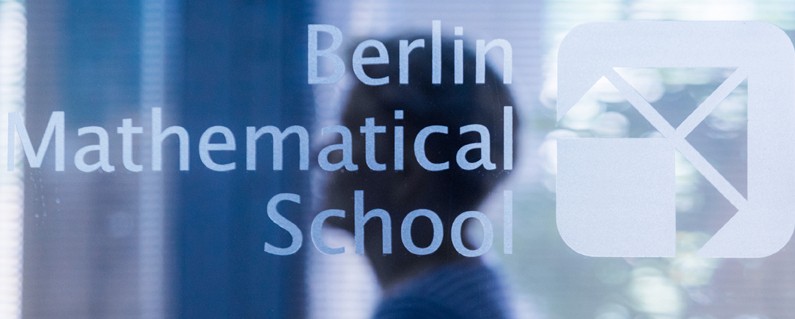Berlin is Germany's capital city and a major centre of European politics, culture, media and science. It also serves as a continental hub for air and rail transport. The city's economy is primarily based on the service sector, which encompasses a diverse range of creative industries, media corporations, environmental services, congress, and convention venues.
Berlin is the third most visited tourist destination in the EU and home to world-renowned universities, research institutes, sporting events, orchestras, museums and media personalities. Its urban landscape and historical legacy have also made it a popular setting for international film productions. Recognised for its festivals, contemporary architecture, nightlife and avant-garde arts, Berlin has evolved into a focal point for individuals attracted by its liberal lifestyle, modern "zeitgeist" and low-cost living. It is home to 3.7 million people from over 190 countries.
First documented in the 13th century, Berlin was successively the capital of the Kingdom of Prussia (1701-1918), the German empire (1871-1918), the Weimar Republic (1919-1932) and the Third Reich (1933-1945). After World War II the city was divided: East Berlin became the capital of the GDR (East Germany) while West Berlin remained a West German enclave surrounded by the Berlin Wall from 1961-1989. It was possible for people from the west to go to the east, but only through strictly controlled checkpoints. For most East Germans, travel to West Berlin or West Germany was no longer possible. In 1971, the “Four Power Agreement on Berlin” (drawn up by the wartime allies France, UK, USA and USSR) re-established ties between the two parts of Berlin, improved travel and communications, and brought numerous improvements for the residents of the Western Sectors.
In 1989, pressure from the East German population brought the transition to a parliamentary democracy in East Germany. When the Berlin Wall fell on 9 November 1989, its citizens gained free access to the west. In Friedrichshain, a 1.3 km stretch of the Berlin Wall, known as the East Side Gallery, has been preserved as an international memorial for freedom. On 3 October 1990, East and West Germany reunited and became the Federal Republic of Germany. Berlin became the German capital in accordance with the unification treaty. The German parliament and government moved from Bonn back to Berlin in 1999.
Berlin is divided into twelve districts (Bezirke), each district is subdivided into a number of sub-districts (Ortsteile), and Berlin consists of 95 such sub-districts. In the past these areas were independent towns, villages and rural communities, and some of the subdistricts in Berlin are now known as a “Kiez”. A term with a positive connotation, the word is of Slavonic origin and refers to a settlement. Its inhabitants often identify with the “Kiez” they live in. A Berliner “Kiez” usually consists mainly of pre-war buildings and upholds its own commercial and cultural infrastructure. Some of the more well-known ones are the “Akazienkiez” in Schöneberg, the “Körnerkiez” in Neukölln and the “Kollwitzkiez” in Prenzlauer Berg.
Berlin Tourist Information
City Information in English












